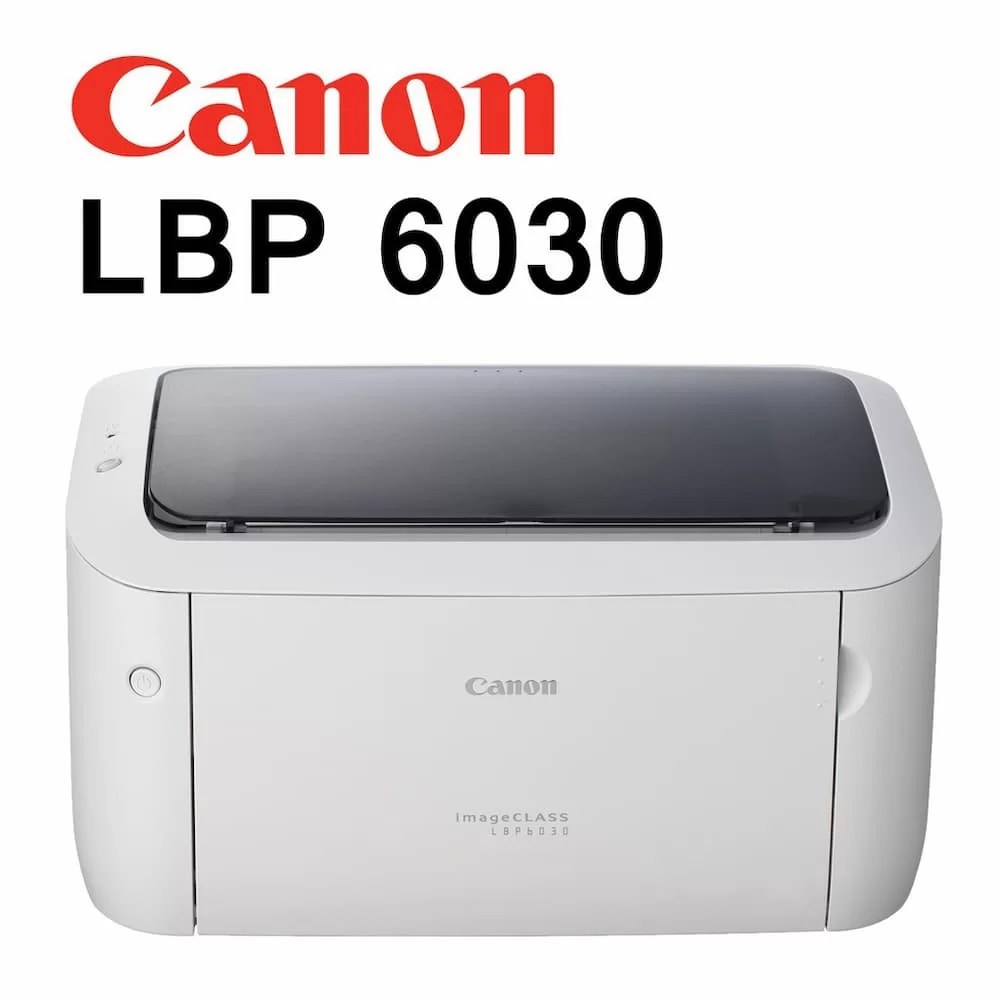In today's fast-paced world, efficiency and speed are paramount in every industry. When it comes to printing, businesses and individuals alike are constantly seeking the fastest printing method to meet their demanding needs. In this blog post, we will delve into the world of printing technologies and explore the most cutting-edge methods that have revolutionized the industry.
- High-Speed Inkjet Printing:
One of the fastest printing methods available today is high-speed inkjet printing. This technology utilizes advanced printheads that can rapidly deposit ink onto various substrates, such as paper, plastic, or fabric. With speeds reaching up to thousands of pages per minute, high-speed inkjet printing has become a game-changer for industries requiring mass production, such as publishing, packaging, and direct mail. - Laser Printing:
Laser printing has long been known for its speed and precision. By using a laser beam to create static electricity on a drum, toner particles are attracted and transferred onto the paper. Laser printers can produce high-quality prints at impressive speeds, making them ideal for office environments and small-scale printing needs. However, when it comes to large-scale commercial printing, laser printing may not be as efficient as other methods. - Digital Offset Printing:
Digital offset printing combines the best of both worlds – the speed of digital printing and the quality of offset printing. This method utilizes computer-to-plate technology, where the image is directly transferred from a computer to a printing plate. Digital offset printers can achieve high speeds while maintaining exceptional print quality, making them suitable for a wide range of applications, including marketing collateral, brochures, and catalogs. - Nanographic Printing:
Nanographic printing is a relatively new technology that has gained attention for its exceptional speed and versatility. This method employs ultrafine nanopigments that are applied to the substrate using a digital process. Nanographic printers can achieve remarkable speeds, rivaling even the fastest inkjet printers, while delivering outstanding color accuracy and sharpness. This technology is particularly well-suited for high-volume commercial printing and packaging applications.
Conclusion:
In the quest for the fastest printing method, various technologies have emerged, each with its own strengths and applications. From high-speed inkjet printing to laser printing, digital offset printing, and nanographic printing, businesses now have a range of options to choose from based on their specific requirements. By embracing these cutting-edge technologies, companies can enhance their productivity, reduce turnaround times, and deliver high-quality prints to meet the demands of today's fast-paced world.



